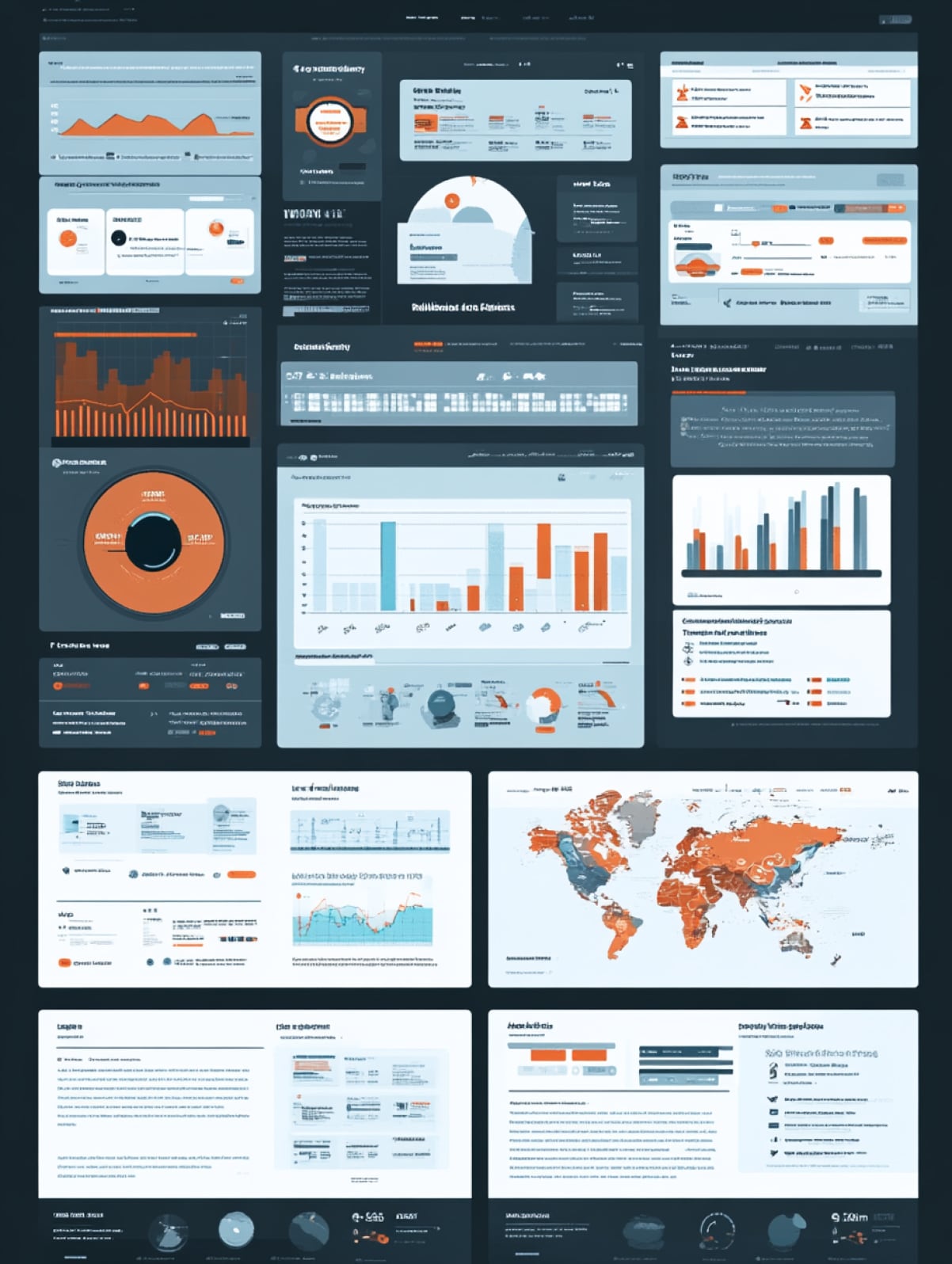Effortless Basel III Compliance
FRTB & CVA Calculators Ready to Go!
Fully Featured Calculators: Access a comprehensive set of FRTB and CVA calculators, ready for use.
Community-Driven: Benefit from the expertise and collaboration of a global network of risk professionals.
Cost-Effective: Save on development time and costs with our robust open-source tools.


Free, Open-Source Calculators
Access our free, open-source implementations of Basel III Market Risk and CVA capital calculators, developed in Python:
- Market Risk Standardised Approach
- CVA Standardised Approach
- CVA Basic Approach
Regional Configurations
Our calculators are designed to support multiple jurisdictions, with configurations available for:
- Basel Rules
- UK PRA Rules
- EU EBA Rules
- Singapore MAS Rules
Plug-ins
Enhance your capabilities with paid plug-ins and extensions for:
- Unit Testing: Ensure accuracy and reliability of your calculations.
- Capital Charge Analysis: Gain insights and explanations for calculated capital charges.
- Regulatory Report Completion: Simplify the process of completing regulatory reports.
”Explore how our solutions can streamline your compliance journey!”
Get the calculatorsThe Core Calculators
Our Core Calculators meet the requirements for calculating the capital charge using the Standardised Approach for market risk and the Standardised Approach and the Basic Approach for CVA. They take as inputs the position risks as computed by the institutions pricing and valuation systems which can be delivered in ISDA CRIF format, or more flexibly in our FNet File Format.
The Market Risk Standardised Approach
The market risk standardised approach requires calculation of three components:
- Capital requirement under the Sensitivities Based Method (SBM)
- The Default Risk Capital requirement (DRC)
- Residual Risk Add-On (RRAO)
SBM consists of the capital requirement calculated for three Risk Types in seven Risk Classes.
The Risk Types are Delta, Vega and Curvature.
The Risk Classes are:
- General interest rate risk (GIRR)
- Credit spread risk (CSR): non-securitisations
- CSR: securitisations (non-correlation trading portfolio, or non-CTP)
- CSR: securitisations (correlation trading portfolio, or CTP)
- Equity risk
- Commodity risk
- Foreign exchange (FX) risk
The capital requirement is computed for each of these combinations at three different levels of correlation. For each correlation level the capital for all the combinations is combined to give a total capital requirement at that correlation level. The highest charge across the three correlation levels is then the final SBM capital requirement.
The Default Risk Capital requirement is computed for each of:
- Non-securitisations (including equities)
- Securitisations (non-correlation trading portfolio, or non-CTP)
- Securitisations (correlation trading portfolio, or CTP)
The Residual Risk Add-on is the simplest part of the capital charge calculation requiring the notional amount of the position subject to the charge to be multiplied by one of two weighting factors. The reporting of RRAO to regulators, however, requires categorising the residual risks in various ways and then reporting on those categories as well as the total RRAO capital requirement.
The CVA Calculators
There are two approaches to calculating the CVA capital requirement detailed in the regulations; the basic approach (BA-CVA) and the standardised approach (SA-CVA). Use of SA-CVA requires approval from the relevant supervisory authority.
Approval for the use of SA-CVA might not be sought or obtained for all parts of the CVA portfolio. In these circumstances the institution might calculate some CVA netting sets using SA-CVA and the remaining netting sets under BA-CVA. In this so-called “split netting set approach” the resulting capital requirement for each part are added together to arrive at the total CVA capital requirement.
We have provided calculators for both SA-CVA and BA-CVA.
The CVA standardised approach is very similar to the sensitivities-based method from the Market Risk standardised approach. It computes capital requirements for two if the three Risk Types (Delta and Vega) across six Risk Classes:
- Interest rate risk
- Foreign exchange (FX) risk
- Counterparty credit spread risk
- Reference credit spread risk (ie credit spreads that drive the CVA exposure component)
- Equity risk
- Commodity risk
For CVA the calculation is done just once at a single level of correlation and the capital requirement is the combination of these twelve parts.
There are two variants of the CVA Basic Approach: the reduced basic approach which does not make any provision for CVA hedges, and the full basic approach which can make allowance for the reduction in risk afforded by hedges.
Our calculators compute both types of risk, though some determination must be made by the institution as to how to allocate the CVA hedges against the CVA exposures in the full basic approach.
Regional Configurations
The core calculators are written generically and use a configuration file to compute the capital requirements for any particular jurisdiction. The core configuration applies the Basel rules, but we also have configurations for UK PRA rules and EU EBA rules. We plan to add rule-sets as they are developed and made available by participants in our community.

Plug-Ins and Extensions
Our calculators are designed to be extensible and we have a number of plug-in extensions available.
Regulatory Report Plug-In
The most immediately useful extension is the regulatory reporting add-on. The UK and EU regulators have published templates for the reports that they require from regulated institutions. These reports require extensive details from the internals of the capital calculations. We have developed a framework that will extract the details from the calculations and fill in the relevant parts of these templates. Others provide tools that can then take these filled templates and combine them with the data from other risk departments (Credit Risk, Operational Risk, etc.), run extensive validation checks and prepare for upload to the regulator.
Analysis and Explain Plug-In
Using many of the same interfaces that allow the collection of details for the regulatory reports, we have a plug-in that allows analysis of the drivers of capital and
Book a Demonstration

Our Services
Navigating the complexities of Basel III FRTB requirements can be challenging. Our expert team offers comprehensive support to ensure a smooth implementation process, customised to your environment. We assist with:
- Data Integration: Seamlessly connect your data sources for accurate and efficient risk calculations.
- Model Validation: Verify that your FRTB models meet regulatory standards and perform as expected.
- Regulatory Compliance: Align your implementation with the specific requirements of your jurisdiction, whether it’s Basel, PRA, or EBA.
Custom Integrations & Bespoke Feature Development
Every financial institution has unique data and reporting needs, especially when adapting to different regional regulations. We offer customized solutions to integrate our tools into your existing infrastructure:
- Tailored Integrations: Adapt our calculators to work with your proprietary systems and databases.
- Bespoke Features: Develop additional functionalities specific to your institution’s requirements, such as customised reporting formats or advanced analytics.
- Country-Specific Adjustments: Modify our tools to align with diverse regulatory frameworks across multiple jurisdictions, ensuring full compliance wherever you operate.
“Our expertise ensures your FRTB implementation is robust, compliant, and fully customized to your operational needs.”
Book a DemonstrationWhat is FRTB?
The Fundamental Review of the Trading Book (FRTB) is part of Basel III reforms, aimed at enhancing the regulation, risk management, and supervision of the banking sector in response to the 2007-2008 financial crisis. FRTB introduces stricter standards for measuring and managing market risk, improving the alignment of capital requirements with actual trading risks. Key features include a revised boundary between the trading and banking books, the use of a standardized and internal model approach, and the introduction of the “Expected Shortfall” metric to assess potential losses under stress.
In addition to market risk reforms, Basel III also addresses Credit Valuation Adjustment (CVA), which accounts for the risk of counterparty credit exposure in over-the-counter (OTC) derivatives.

About frtb.net
frtb.net was created by Alan Skea after having built and worked on several different implementations and encountered similar issues and questions each time. Our vision is to create a network of Market Risk and CVA practitioners around a free, open-source implementation of the Basel III Standardised Approach Market Risk Capital rules (aka FRTB). Our calculators also encompass the very similar Basel III CVA Standardised Approach and the Basel III CVA Basic Approach.
Alan Skea
Founder and CEO of frtb.net, Alan has over twenty years consulting experience in Market Risk in major London Investment Banks including over six years working on FRTB. He is a computer scientist, mathematician and holds a CQF.
What our Clients say about us
“At Investec Bank, we are committed to ensuring the accuracy and robustness of our capital calculations. The unit test framework from frtb.net provided a level of validation beyond other available test suites, helping us identify and resolve previously undetected issues in our implementation. By leveraging frtb.net’s open-source calculators, we strengthened our risk management framework and enhanced the reliability of our FRTB Market Risk and CVA capital calculations. This comprehensive and well-structured test suite has been a valuable addition to our testing process, reinforcing our compliance with the FRTB capital rules.”
Alex Boshoff
Head of Market Risk, Investec Bank Plc


